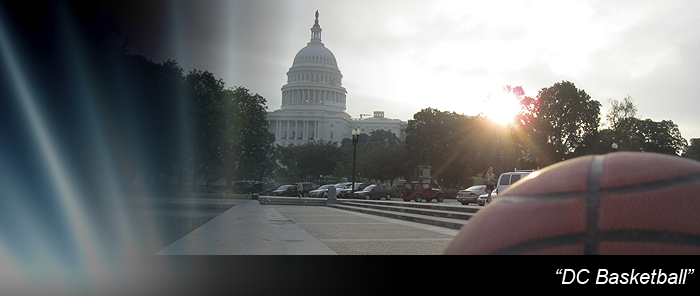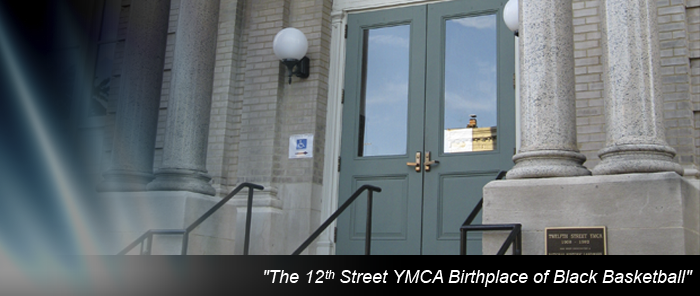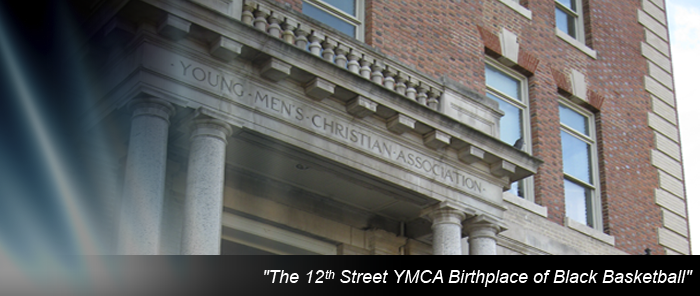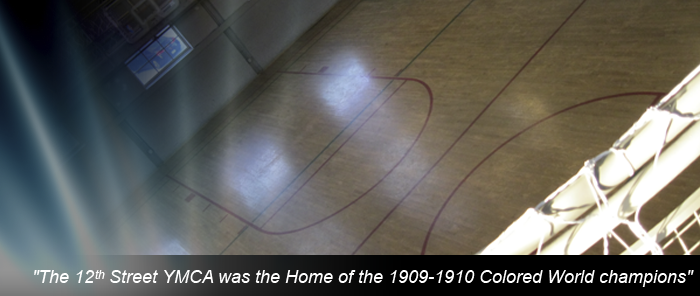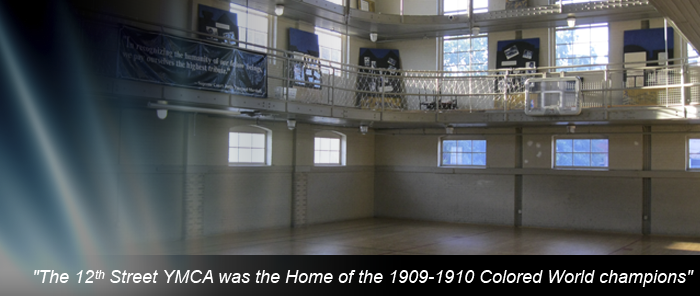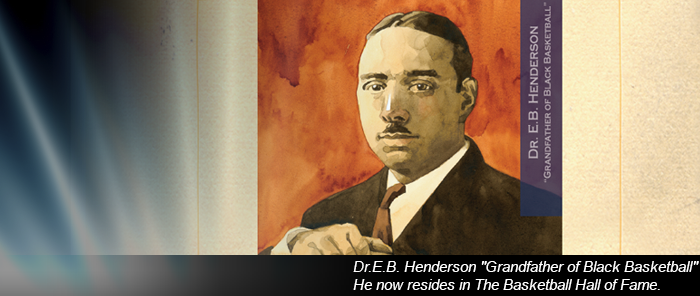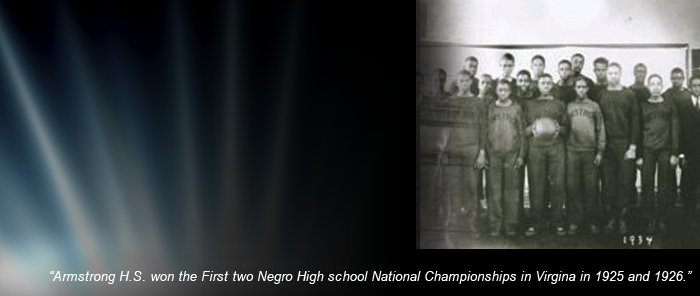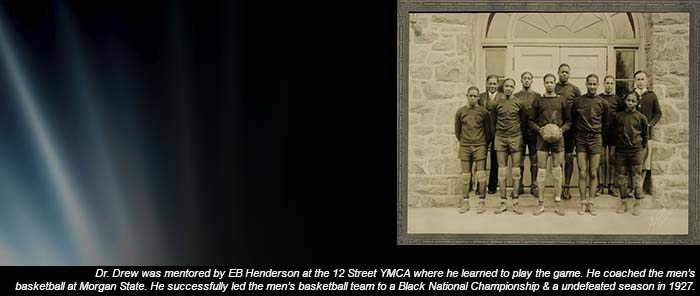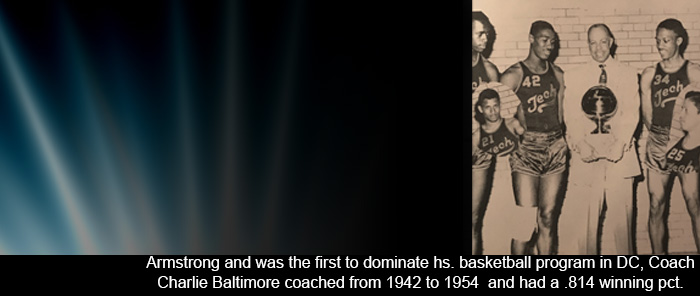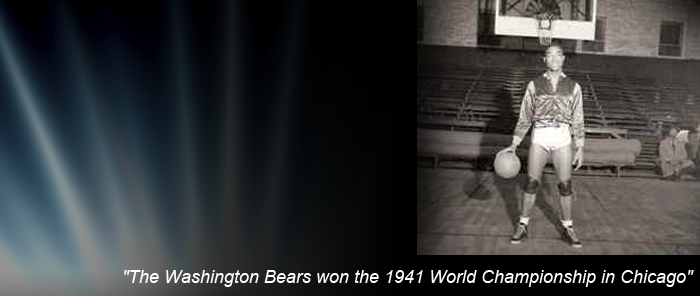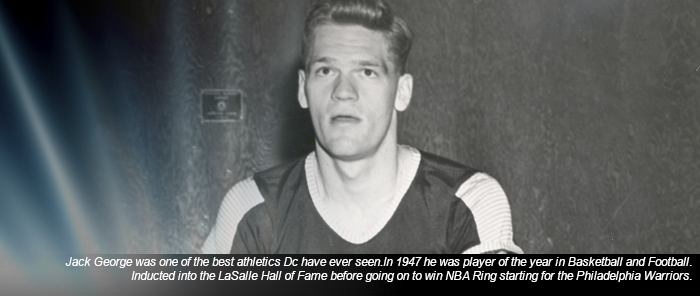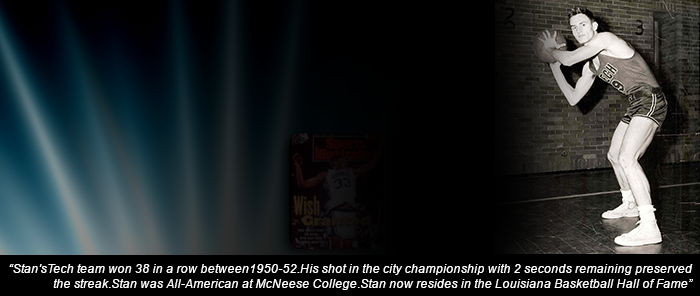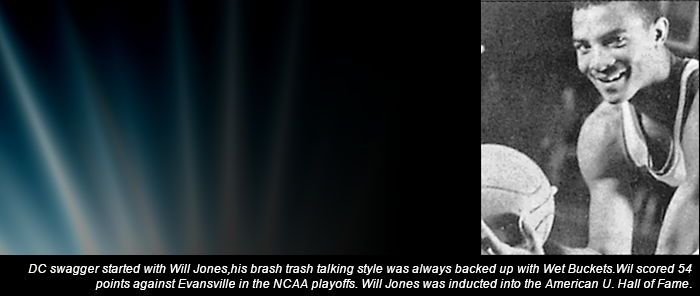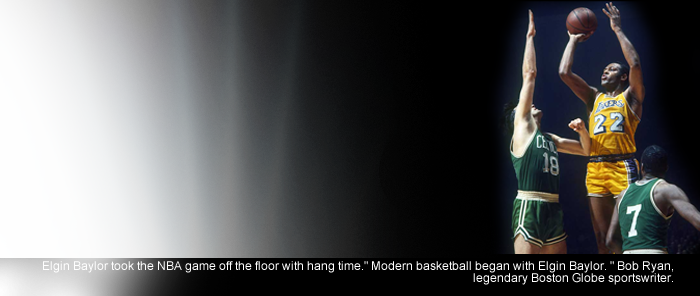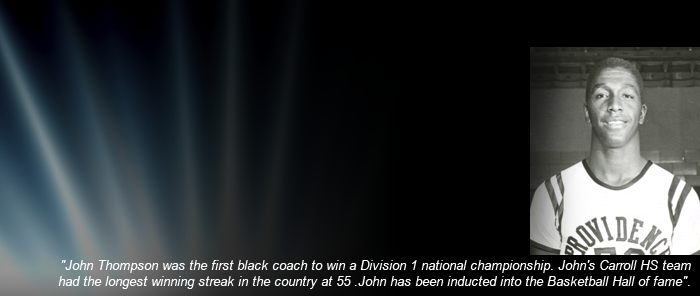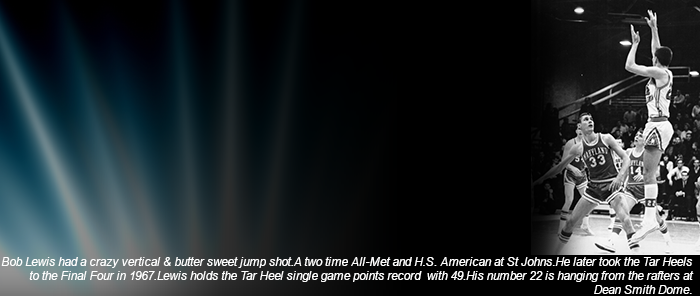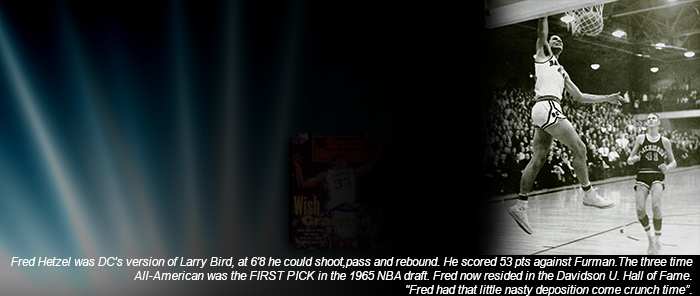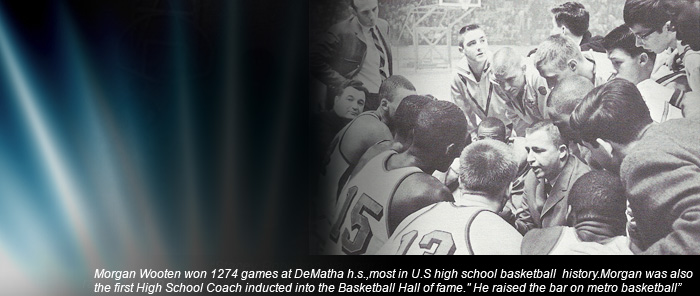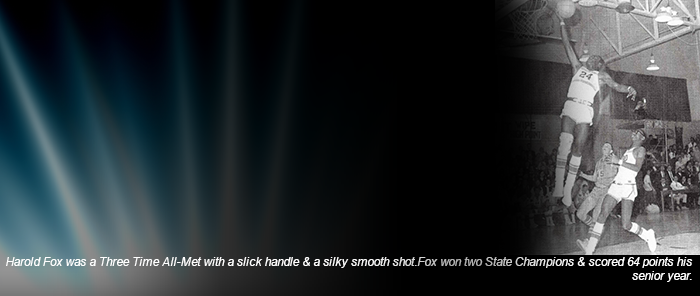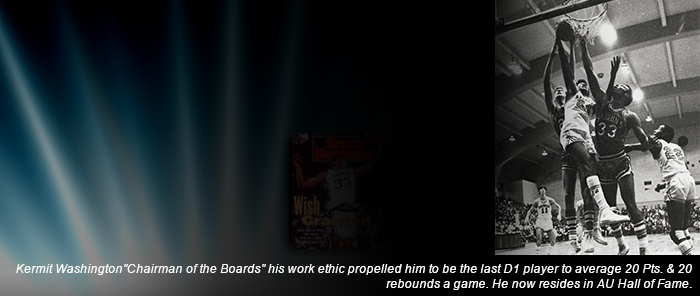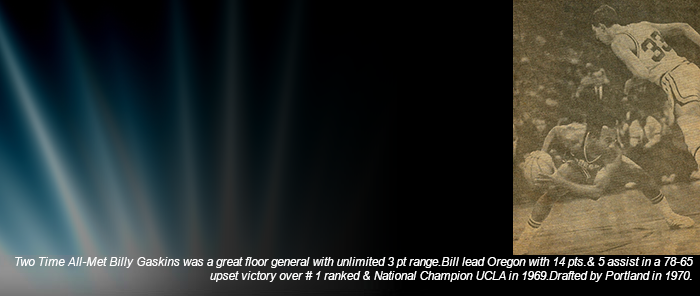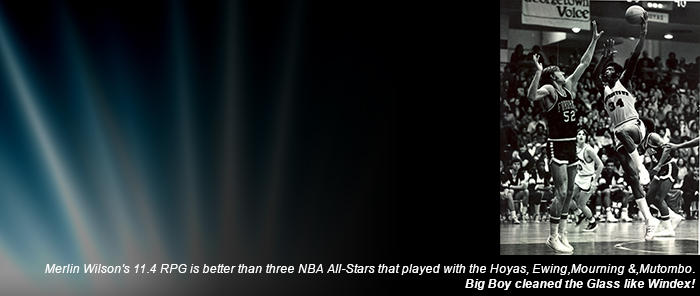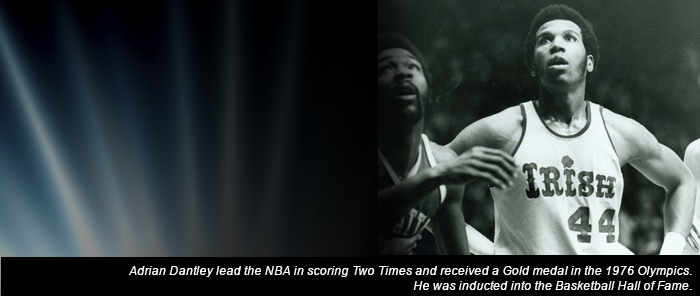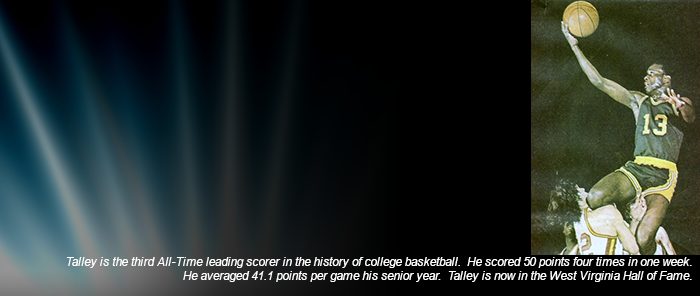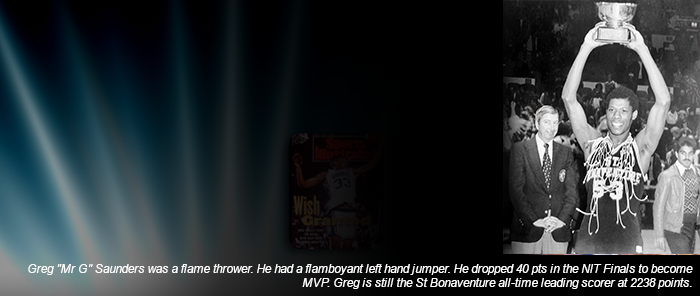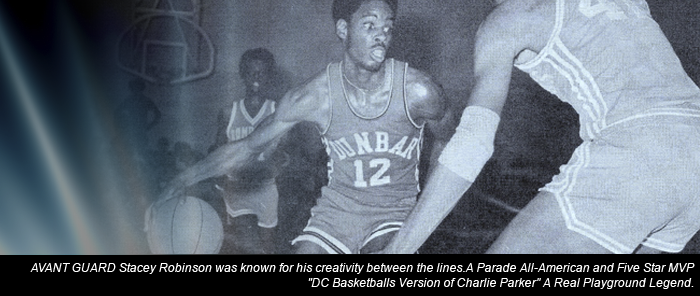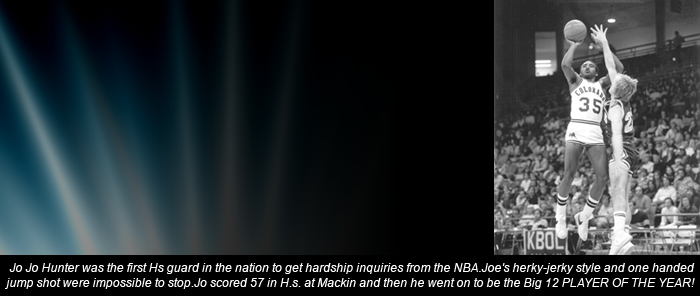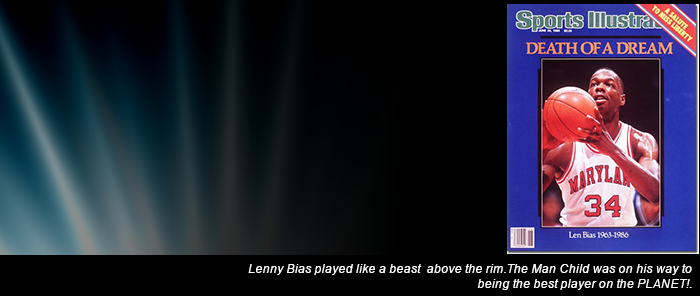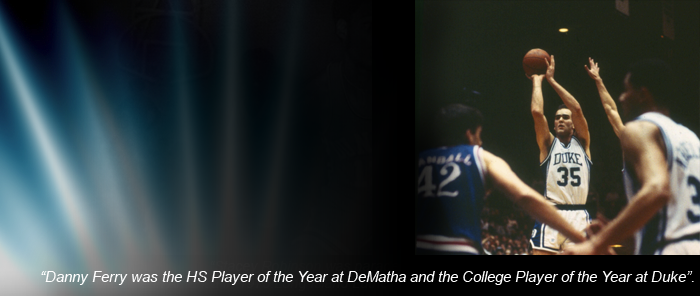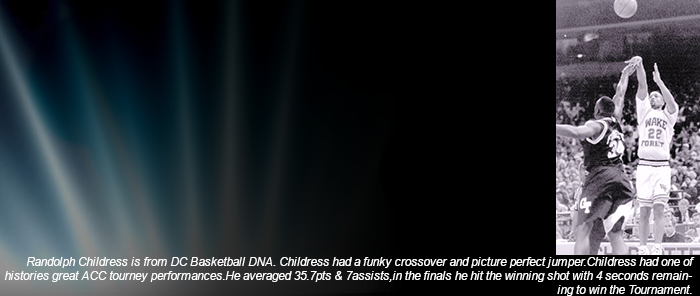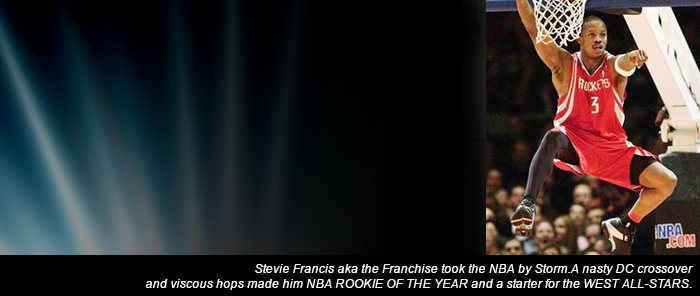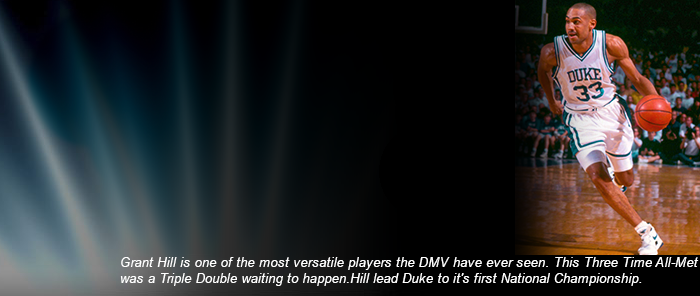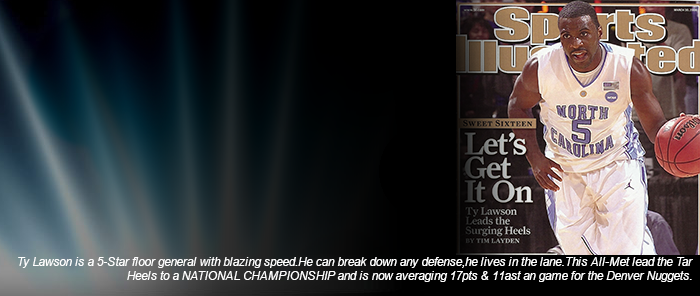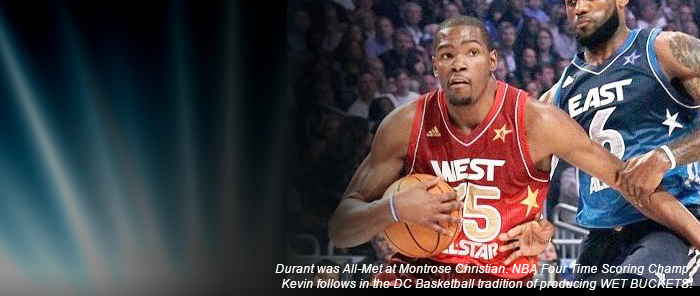‘Austin was The Big Fundamental’: Austin Carr was one of D.C.’s all-time best- By David Aldridge Jun 9, 2020

For Austin Carr, great hoops had to include chicken breast.
“Not the meat. The man.
“Chicken Breast!,” Carr said Monday, recalling the late William “Chicken Breast” Lee, who starred locally at Fairmont Heights, and who was one of the many, many schoolboy and playground legends who’ve shone in D.C. for decades.
All due respect to Kevin Durant and the other ballers from Prince George’s County, recently celebrated in the Showtime documentary “In the Water,” but the District’s history of great basketball dates back to … well, damn near its creation, back to when Edwin B. Henderson introduced the game to the city, to the Washington 12 Streeters at the Colored YMCA more than a century ago, and to Howard University soon after. Henderson, a Naismith Memorial Basketball Hall of Fame inductee in 2013, learned the game at Harvard in 1904 from the inventor of the game, James Naismith.
“Carr, now 72 and the longtime TV analyst for the Cleveland Cavaliers, was among the best to play in the city, for Mackin Catholic, and was among the many local players who went on to star at Notre Dame, where he put up ludicrous numbers in three NCAA Tournament appearances. The first overall pick in the 1971 NBA Draft, Carr played 10 years in the pros, helping lift the Cavs to the Eastern Conference finals in five seasons. Now it’s Carr who’s being lifted, as one of this year’s inductees into the D.C. Sports Hall of Fame – an honor long overdue.
“I was a sophomore (at Mackin) when he was a senior, and I went to every game,” said Butch McAdams, the longtime head coach at Maret, and a local radio and podcast host for nearly 30 years. “Austin was a four-year varsity player. He was just special from the very beginning. He was like a perimeter version of AD (fellow local great Adrian Dantley) – there was no shake and bake, no crossovers. He was just so efficient, and he could shoot the lights out. I think the reason you don’t hear it is that, unfortunately, he had a rash of injuries at the NBA, and couldn’t reach his full potential at the NBA level as he did in high school and college … if he were playing in the era of the 3-point arc, I think you could conservatively – conservatively – add another 15 points (per game) to his average.”
Maybe it’s because Mackin, on California Street in Northwest D.C. and a beacon for middle-class black families, closed in 1989, shuttered by the Archdiocese of Washington that year. Or, maybe it’s because Carr’s Notre Dame teams, though good – the Irish went 61-24 in Carr’s three varsity seasons there, freshmen being ineligible to play for the varsity in those years – never got past the regional semifinals in the NCAA Tournament. Or maybe it’s because Carr went to a bad Cleveland team in the pros and was indeed injured a lot by the time it became a good, but never dominant, team in the East.
But Carr’s body of work sometimes gets lost when discussing the best ever to play from here.
“When you’re that long ago, people forget,” Carr said.
Carr grew up in River Terrace, in Northeast D.C., right on the Anacostia. But like almost everyone in D.C., he’d go wherever a game or someone was looking to make their name.
“Naturally, it was Dave Bing and Elgin Baylor,” Carr said, recalling the future Hall of Famers from D.C., who both played at Spingarn. “Those were guys that I would always emulate and look at. Jerry Chambers (who played at Eastern High) was tough. I played with Tom Little; he was just a monster … John Thompson, all those (Carroll High School) guys, John Austin (who wound up at DeMatha), he was one of the guys we looked up to also. He was a little ahead of us. It was so many guys that could play. The playgrounds were just awesome. Turkey Thicket (in Northeast D.C.), you’d go out there and just play. Kelly Miller (Junior High School), we’d go out there on Sundays. Luzon (now known as Fort Stevens, in Northwest D.C.). You could go there and get a game, any time, from anybody.
“I remember ‘Chicken Breast’ – man, you talk about guys that could do it. The guy that always talked trash, Willie Jones (a fellow 2020 D.C. Hall of Fame inductee, who starred locally at Dunbar and American University). All those guys. When I would go to the playground, I would definitely be watching them guys, and when I got to finally get to start playing with them, it was just a great feeling, playing with those guys.”
Carr’s status as a D.C. legend was cemented when he, Sterling Savoy and Richie Ford helped lead Mackin, which had established itself as a local power, to an upset of mighty DeMatha Catholic, Mackin’s Washington Catholic Athletic Conference rival, for the 1967 WCAC title. As the late, great sportswriter John McNamara noted in his “Capital of Basketball” blog, it was the only time during a 15-year stretch, from 1961 through 1976, that DeMatha was denied the conference title. That season, Mackin, whose future graduates included the likes of Johnny Dawkins, Jo Jo Hunter and Dominic Pressley, beat the Stags twice, including a 54-48 win in the WCAC championship.
“That was huge,” Carr said. “Trying to beat DeMatha was like trying to beat the king of the hill. My first three years, we were always playing against them for the championship, and we would lose. It was tough. To finally get over the hump was really a big thing for the city, I think. Because DeMatha had dominated so much. And for us to finally get over the hump, it was huge. I really think it was good for the city. I think it changed a lot in terms of the balance of power in basketball in the city. It showed there’s other schools other than DeMatha.
“We learned from them. When you’re playing against that quality of basketball all the time, and they’re the ones you have to beat, you start to end up playing focused ball like they played. We had to stop making mistakes at the crucial parts of the game, executing plays, playing offense, playing defense. We had to learn how to do that to beat them, ’cause that’s how they played all the time. … (Coach Paul) Furlong was a driving kind of guy. He was relentless with making us focus on what we had to do to beat DeMatha. Every year, you could just tell it was taking a toll on him. He wanted to find at least seven guys he could depend on on a nightly basis. And we finally got it.”
Carr followed the late Bob Whitmore, as lots of D.C.-area players did, to South Bend, Ind., and the Fighting Irish. Notre Dame would be a prime spot for a lot of D.C. talent in the next decades: Sid Catlett, Carr, Donald (Duck) Williams, Collis Jones, Tracy Jackson, Tom Sluby, Jerian Grant – and, of course, Dantley, who went on to a Hall of Fame career in the NBA. But Carr’s numbers are astounding, even in that company.
In three seasons, Carr averaged 34.6 points per game. He shot 53 percent from the floor and averaged almost nine free throws per game. In his junior and senior seasons, he averaged 38.1 and 38 points per game, respectively. His senior season doesn’t seem possible: consensus all-American, the AP and UPI Player of the Year and winner of the Naismith Award. And he did it coming off screens, driving by guys who played up on him and draining jumper after jumper.
“You talk about Tim Duncan being ‘The Big Fundamental,’ McAdams said. “Austin was The Big Fundamental.”
And that was just the preamble for what he did in the tournament.
He played in just seven NCAA Tournament games – which doesn’t sound like much until you recall that only 25 teams were in the NCAA field back then – so if you won just one game, you were in the regional semifinal. And you can throw out his first appearance, in his sophomore season, when he was just 1 of 6 from the floor in a loss to Miami of Ohio.
Carr’s first NCAA Tournament game his junior season, in 1970, came against Ohio University. He made 25 of 44 shots from the floor and 11 of 14 from the line, en route to 61 points, still the most points scored in a single game in men’s Division I tournament history. The field goal attempts and makes are also single-game highs; the 61 points still ties Carr with five other players for the 16th-highest total in any game against a D1 opponent: Eddie House (2000), Wayman Tisdale (1983), Rick Mount (1970), Pete Maravich (1969) and a fellow then known as Lew Alcindor (1967), now Kareem Abdul-Jabbar.
Notre Dame’s next game, against a Kentucky team featuring Dan Issel, Carr went for a cool 52, making 22 of 35 from the floor, in a 10-point loss. He finished with 45 points in a third-place regional game with Iowa. Carr’s average of 52.7 points in the three games remains the highest in a single tournament (three-game minimum).
His senior season, Carr scored 46 points on Jan. 23, 1971, leading the Irish to an 89-82 victory over UCLA. It was the Bruins’ only loss that season en route to another national title – and it was the last game UCLA would lose for three years; after that, the Bruins ripped off an NCAA-record 88 wins in a row before losing to another Notre Dame squad in 1974.
In the ’71 tournament, Carr went for 52 points, six rebounds, six assists and five steals in an opening-round win over TCU. But Notre Dame’s hopes were dashed in an upset overtime loss to Drake in the next game, with Carr scoring “only” 26 points. His college career ended with another third-place consolation game, dropping 47 against Houston. His three-game average that year of 41.7 points in the tournament is second all-time in NCAA history – to himself.
“For some reason, people just never, they act like it was a ho-hum thing,” Carr said. “I look at the numbers and go ‘wait a minute; you’ve got to give me a little credit’ … my best games were in those games, because I really wanted to get to the Final Four. I would be ready to play. I didn’t care what happened. We needed one more guy to step up, and I think that would have gotten us over the hump.”
Carr was an NBA All-Star his third season in Cleveland, but knee and foot injuries took away the best of his prime years with the Cavaliers. A healthy Carr with the likes of Jim Chones, Campy Russell, Bobby “Bingo” Smith, Jim Brewer, Foots Walker and others added to the mix could have done some major damage in the East. But the Cavs never topped their “Miracle of Richfield” season of 1975-76, when they lost to Boston in the conference finals after losing Chones to a broken foot just before the series started. But that doesn’t stop Cavs fans from referring to Carr as “Mr. Cavalier;” the tears that came down his face as Cleveland finally won an NBA title, in 2016, ending the city’s 52-year major team sports title drought, were real and long-earned.
But it started for Carr in the District.
“To me, the quality is second to none,” he said. “I’d go to New York and play in the Rucker a lot; those tournaments play with those guys. The quality of ball was, I’d say, second to none. During that time, it was just unbelievable. You would have guys that you’ve never heard of before, but man, they could flat-out play the game. Same thing in New York and Philly. … It was a pipeline on the East Coast during that time that was just great basketball during those times.”
 |
 |
 |
 |

